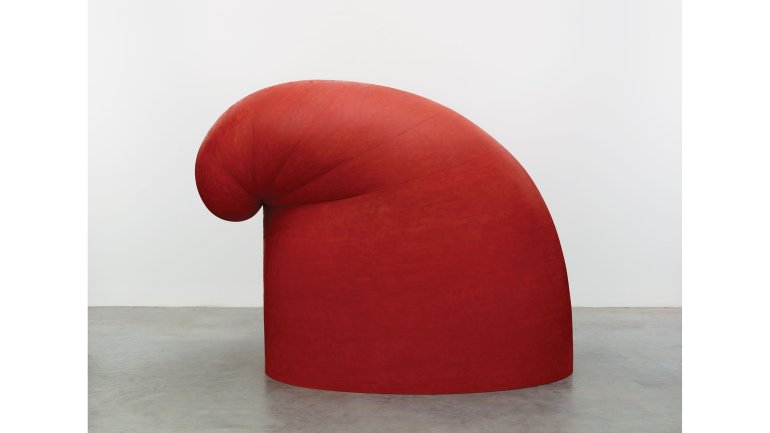With the Grain
With the Grain
For our wood issue, we asked distinguished sculptor Martin Puryear to share thoughts on the material that has inspired him for more than 40 years.
“Wood is seductive, but it’s a demanding material,” he observes. “Because it was once a living organism with a cellular structure, it swells or shrinks with changes in humidity, and this movement has to be taken into account by the craftsman-artist,” he says. And because wood is fibrous, “it’s much stronger – and more easily worked – in the direction of the tree’s growth than it is across the grain. It can’t be welded like metal, so connections need to be reinforced with some kind of joint, which typically involves making cuts and carefully fitted penetrations.”
Fortunately, he points out, “humans all over the globe have had many centuries to learn to work with wood’s idiosyncrasies, and the result for today’s creator is an enormous reservoir of knowledge, which is being rapidly updated.”
Puryear trained in the fine arts; when he went to Sierra Leone as a young Peace Corps volunteer in the 1960s, for the first time he saw skilled woodworkers who didn’t use power tools; they used traditional joinery out of necessity, not as a fine craft. He also spent time with iconic furniture maker James Krenov in his studio in Sweden – another turning point.
He went on to take wood to expressive heights as a sculptural medium – honoring the material in a way that transcends it – in objects of poetic beauty such as Big Phrygian.
Now 75, at the peak of a career filled with honors (including a MacArthur Fellowship and the National Medal of Arts), he resists the limelight as he always has, preferring to focus his energy in his studio in New York’s Hudson Valley. Let the work speak for itself, he urges, citing the wisdom of the Japanese philosopher and craft advocate Soetsu Yanagi: “The thing shines, not the maker.”

